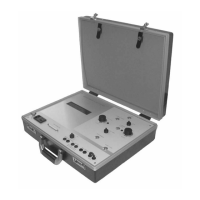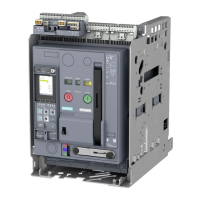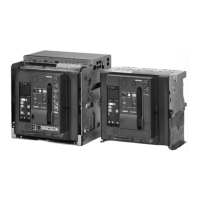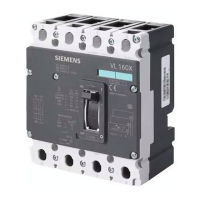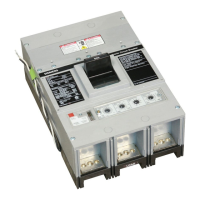2.9.2 Selectivity
Switching devices connected in series, e.g. circuit breakers and fuses, can work together in a
selective or discriminating manner to ensure graded tripping in the event of a fault. The
upstream switching device closest to the fault must trip in the event of a short-circuit. The other
switching devices in the circuit remain closed. This minimizes the eects of a fault in terms of its
duration (selectivity) and the area aected.
Short-circuit location
Selectivity tables for the 3WL10 are available on the Internet for simple
implementation of selective trip combinations (see Selectivity tables (https://
support.industry.siemens.com/cs/ww/en/view/109748621)).
The parameters relevant to selectivity are:
• Tripping value settings of the trip unit
• Tripping and break times
• Let-through current values
• Modes of switching of the relevant circuit breakers
– Zero-current interrupter (3WL10)
– Current limiter (3VA27)
Selectivity with 3WL10 air circuit breakers
The 3WL10 circuit breaker is designed for selective (discriminating) tripping behavior in
conjunction with both high breaking capacity and high current-carrying capacity.
Description
2.9Electronic trip unit ETU
3VA27 molded case circuit breakers & 3WL10 air circuit breakers
46 Equipment Manual, 10/2023, L1V30499596002-03
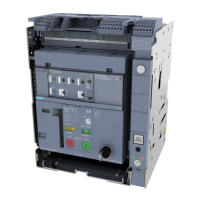
